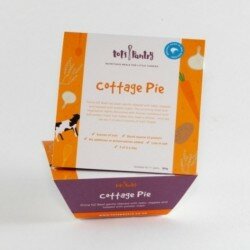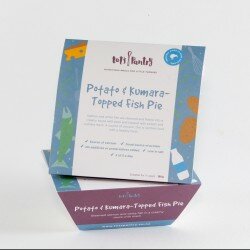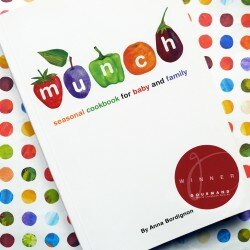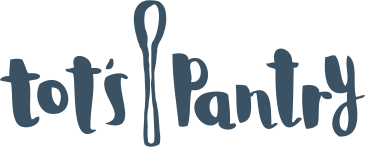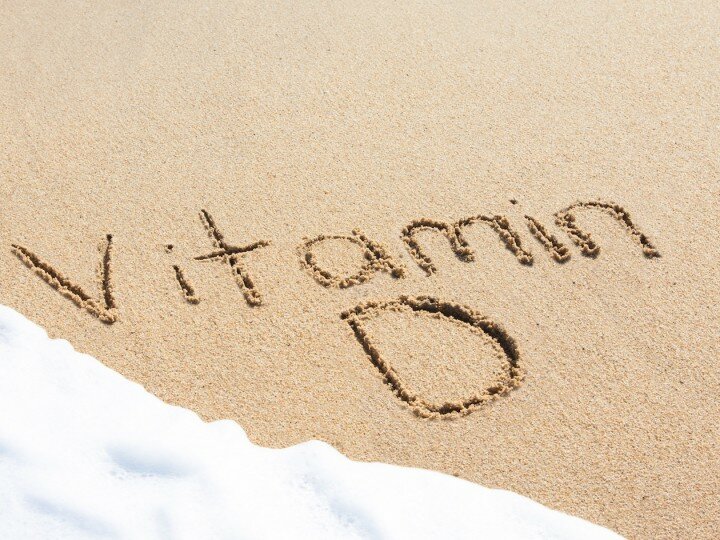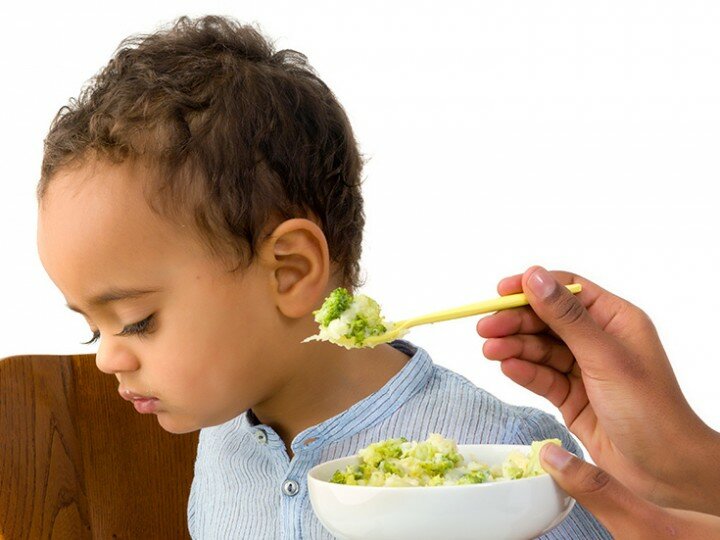Getting the hang of feeding your child all the right nutrients, in the right amount and at the right time can be a minefield. Here at Tot’s Pantry we’ve come up with some info and tips to help make sure your own little Iron Man (or Girl) is getting the iron nourishment they deserve.
There are a whole heap of reasons why iron is important in your little one’s diet. To start with, it’s an essential mineral that our bodies need to make red blood cells, which carry oxygen through the body. If your child is low on iron there’s a chance that they will also be low on red blood cells, leading to growth deficiencies, learning problems and behaviour issues. Iron is also important for brain development in infancy and early childhood. Unfortunately iron is the most common nutrient deficiency, particularly in young children aged between 6 months and 3 years, so making sure they get their daily iron intake is especially important during this time when their growth is rapid. For infants and children up to 8 years old, their daily iron requirement is more than a fully grown man! (source https://www.nhmrc.gov.au/_files_nhmrc/publications/attachments/n35.pdf)
Iron comes from two sources; animals and plants. Animal sources of iron are called heme-iron and are more readily absorbed in our bodies than non-heme iron, which is found in plants. Combining heme and non-heme sources of iron improves absorption. For those parents who want to raise their child on a vegetarian diet, they might have to work a little bit harder so they should ensure their child’s diet includes iron rich sources such as tofu, iron-fortified breakfast cereals and cooked beans and lentils.
Tot’s Tip 1
When cooking with potatoes, leave the skin on. Potato skins are particularly rich in iron – according to the U.S. Department of Agriculture’s National Nutrient Database, an average-sized whole baked potato is approximately 70 percent higher in iron than a peeled one!
One of the best ways to facilitate iron uptake is to include food stuffs high in Vitamin C at meal times. You should also avoid foods with high levels of calcium during meals as this will inhibit the body from drawing iron from the food. You could also try cooking with a cast iron pot, as iron can seep into your food that way too. (Although we think it’s best not to count on that one!)
At Tot’s Pantry we’ve put a lot of thought into the types of food we can provide for your toddler to help with iron intake levels. Our Cottage Pie and Spelt Spag Bol are both sources of iron which contributes to normal cognitive development. You could add a few florets of broccoli to the side of those dishes to really help with the absorption.
Tot’s Tip 2
Your child may not thank you for this one, but prune juice is one of the few juices that are high in iron. Try making them into little lollipops or add it into smoothies if your child doesn’t enjoy the taste!
If you do have concerns with your child’s intake of iron, see a healthcare professional. Supplements should only be taken under the advice and direction of a medical professional.
Comments (0)
Leave a reply
You must be logged in to post a comment.

